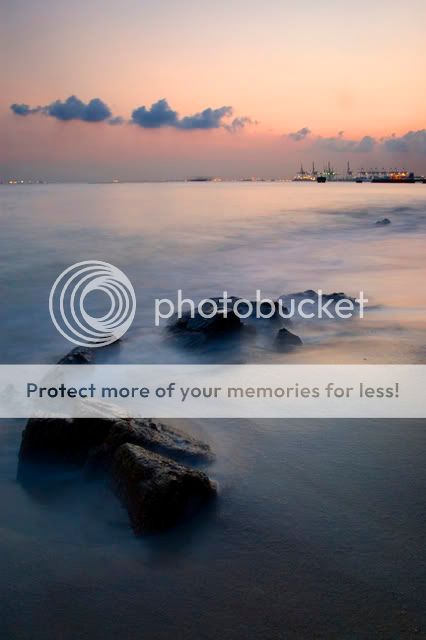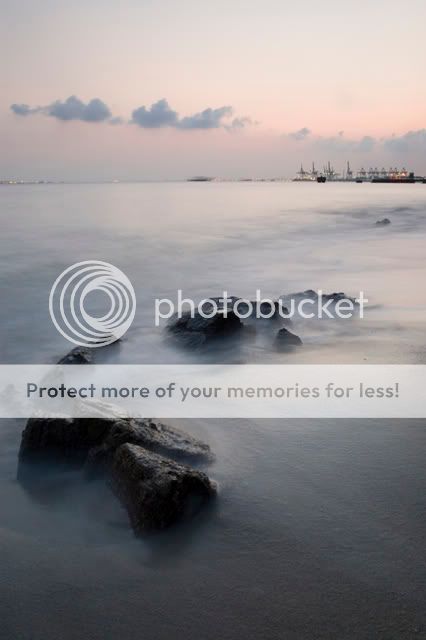Dear fellow photographers,
I have a photo here that i hope can be commented on.
Personally, i find that the colors in this image lack that 'punch', when compared to many great photos posted here. I am not sure whether it is because of my photoshop skills, or the lack of filters or the photo just cannot make it to begin with. Pic 1 is the edited version. Feel free to edit my original photo. I hope i can learn from your comments. Thank you.
In photoshop, i increased contrast and saturation. Sharpened.
Time taken : 1910
taken in raw
D70
17mm
iso 200
6 sec exposure
f13
Additional items : polariser + cokin 2 stop grad ND filter soft.
pic 1

pic 2

I have a photo here that i hope can be commented on.
Personally, i find that the colors in this image lack that 'punch', when compared to many great photos posted here. I am not sure whether it is because of my photoshop skills, or the lack of filters or the photo just cannot make it to begin with. Pic 1 is the edited version. Feel free to edit my original photo. I hope i can learn from your comments. Thank you.
In photoshop, i increased contrast and saturation. Sharpened.
Time taken : 1910
taken in raw
D70
17mm
iso 200
6 sec exposure
f13
Additional items : polariser + cokin 2 stop grad ND filter soft.
pic 1

pic 2









